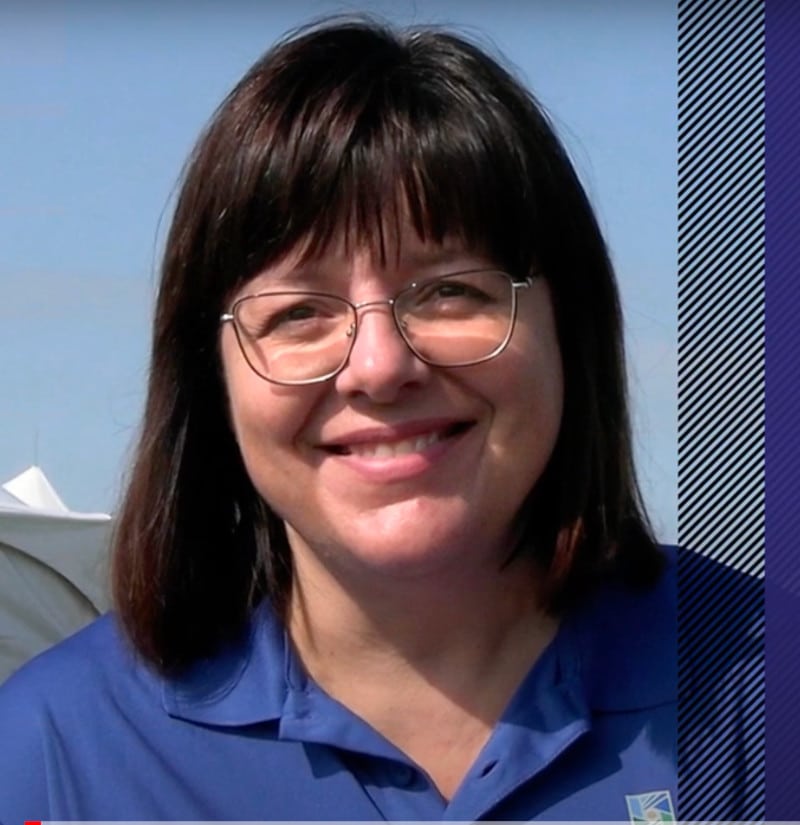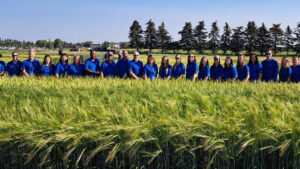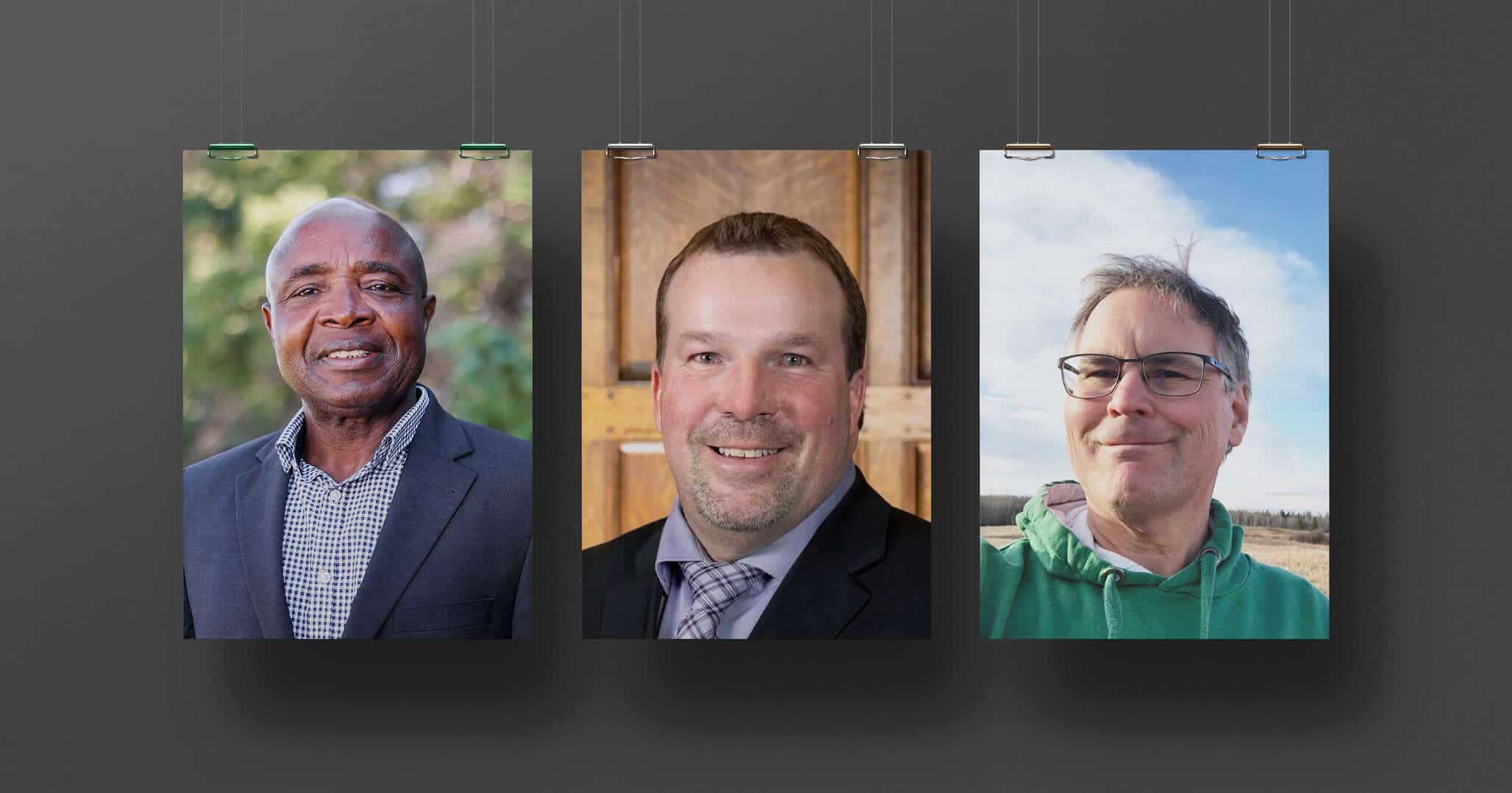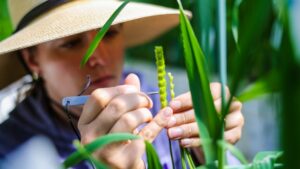The journey from a summer student at the Field Crop Development Center (FCDC) to a seasoned research scientist has been nothing short of unique for Lori Oatway, who has revolutionized cereal quality assessment at the FCDC.
The evolution of her career and the impact of her work highlight the incredible potential of technology in advancing agricultural research and breeding programs. Her story, told to Germination at last week’s FCDC Field Day held during AgSmart, unveils the story of a scientist whose passion for research led to the development and implementation of near-infrared spectroscopy (NIRS) in cereal quality assessment.
A Humble Beginning
Oatway’s journey began unexpectedly when she transitioned from a university research role to joining the FCDC as a summer student due to changes in funding. This unplanned shift allowed her to discover her love for research and laid the foundation for future contributions. The dynamic and ever-evolving nature of research at the FCDC ignited her interest in plant genetics and set her on a path towards a career in cereal quality assessment.
Unveiling the Power of Near-Infrared Spectroscopy
One pivotal moment in her journey was the introduction to near-infrared spectroscopy (NIRS). This innovative technology fascinated her, as it offered a non-destructive way to analyze various components within cereal grains. Unlike traditional wet chemistry methods, NIRS allowed her to analyze whole grains or ground samples, providing rapid insights into protein, starch, and other components essential for animal feeding quality assessment. Over the span of three decades, she developed equations that could predict these vital cereal grain components with remarkable accuracy.
The most significant advantage of NIRS was its speed. Oatway and her team could analyze thousands of samples using this technology every year, with results generated in mere seconds. This efficiency was a game-changer for their breeding program. Where traditional methods would require extensive time and resources for analysis, NIRS enabled them to conduct quality assessments between harvest and planting, making selections for breeding advancements at an early stage.
NIRS opened doors to innovation, allowing the team to develop and showcase a range of cereal varieties, each tailored for specific applications.
An Ongoing Evolution
Oatway’s journey took a transformative turn when the FCDC became part of Olds College. This partnership unleashed new opportunities for collaboration and expansion. Olds College provided access to cutting-edge research facilities and experts in various fields, strengthening the breeding program’s foundation. The acquisition of micro malting equipment and collaboration with the teaching brewery not only improved her research capabilities but also enriched the teaching curriculum, fostering the growth of future generations of researchers.
The Road Ahead: Technology and Beyond
The potential of artificial intelligence and machine learning in conjunction with NIRS is a tantalizing prospect for Oatway. Imagine implementing NIRS technology on combines, enabling real-time assessments of grain quality right in the fields. Her aspirations extend to drone technology, with hopes of remote sensing expanding quality assessments to biomass and other characteristics.













